Design Q&A: Caitlin Taylor
In our inaugural Design Q&A—a format borrowed from the Eameses’ iconic 1970 film—MASS Design Group’s architect Caitlin Taylor finds fertile ground for the future.
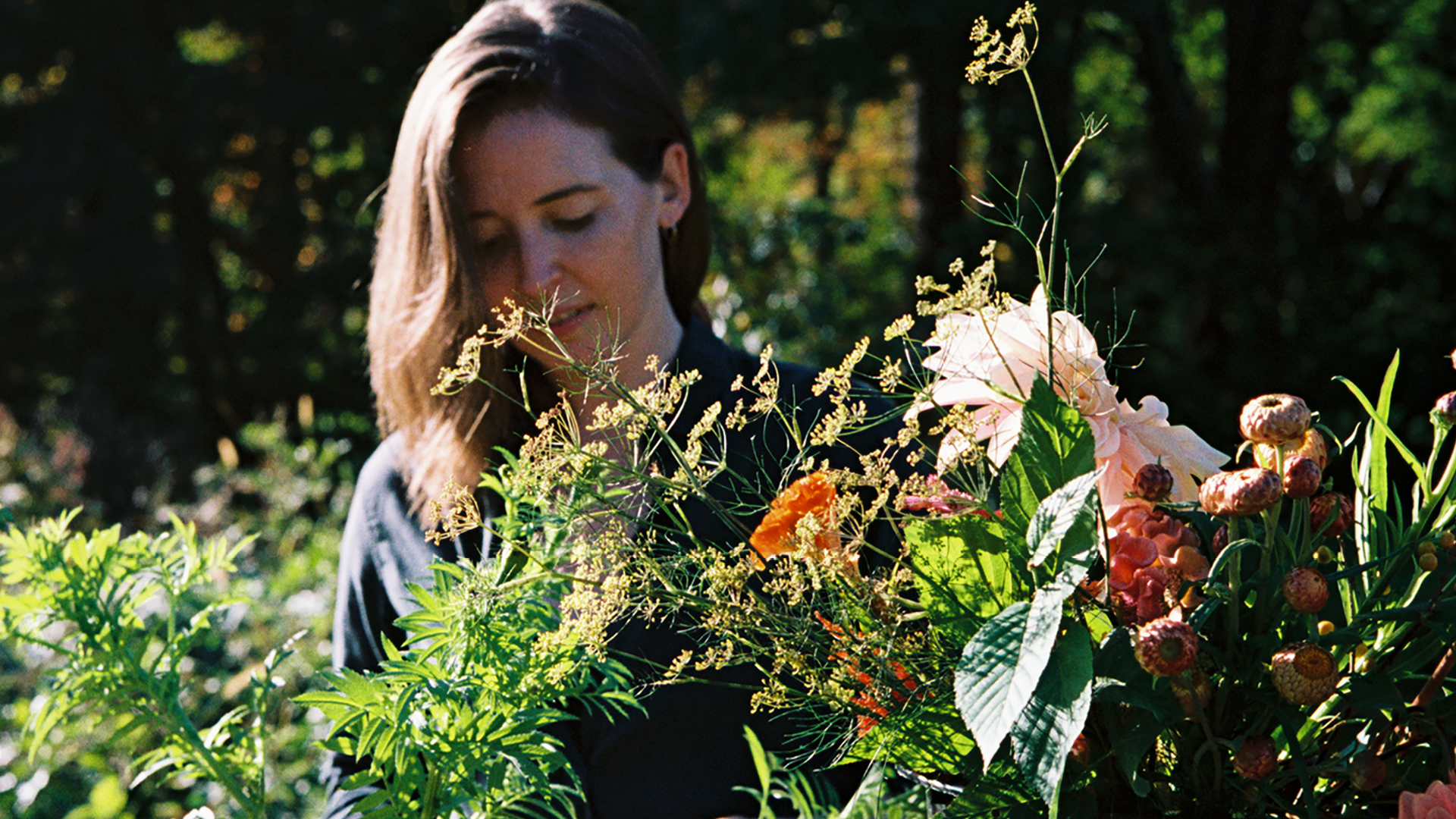
Caitlin Taylor at Four Root Farm, where she grows organic flowers and vegetables.
In the 1972 film Design Q&A, the French curator Madame L. Amic presents Charles Eames with a series of questions about design’s meaning and purpose. Bookended by a baroque, classical guitar soundtrack, Amic queries Eames in her buttery Gallic accent, her questions writ large on silent movie–like placards. Eames responds in a baritone voiceover, speaking on behalf of himself and partner Ray Eames. With its montage of still images encompassing the wide spectrum of design, both man-made and “natural”—from scissor handles to insects, flowers, and futuristic exhibition spaces—the Eames Office project plays like a conceptual art film by Chris Marker. As Eames alludes throughout the exchange, design is not a niche enterprise but rather an expansive worldview: When Madame L. Amic asks, “What are the boundaries of design?” Eames counters, “What are the boundaries of problems?”
Design Q&A revealed the paradigms, obsessions, and quandaries that drove the Eameses. As time has passed, the exchange has come to feel totemic. And the prospect of posing these archetypal inquiries to contemporary designers felt like an ideal metaphor for the mission of the Eames Institute: building on the Eames legacy, exploring its ongoing relevance, and finding the voices today that offer similarly inspiring answers to design’s questions.
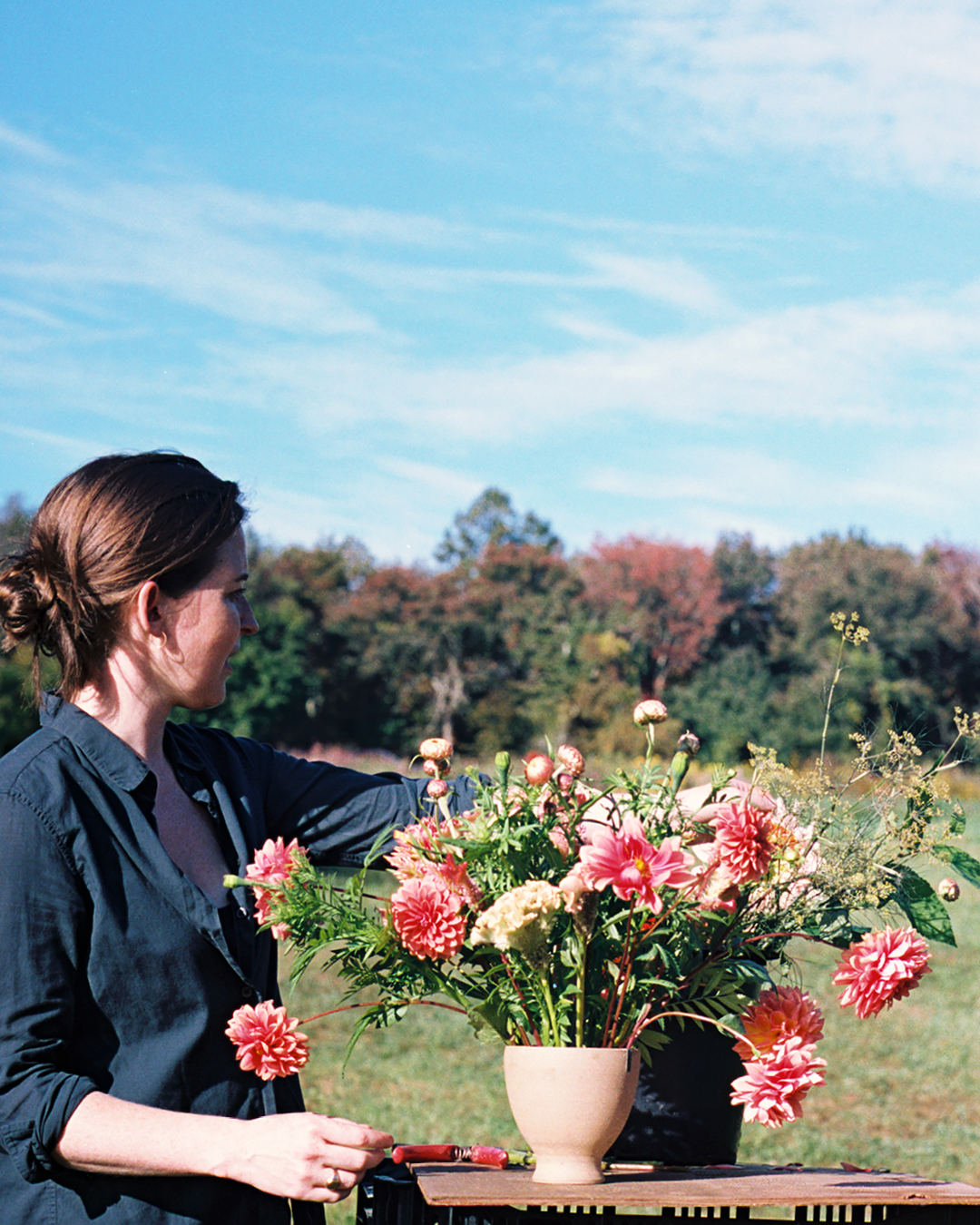
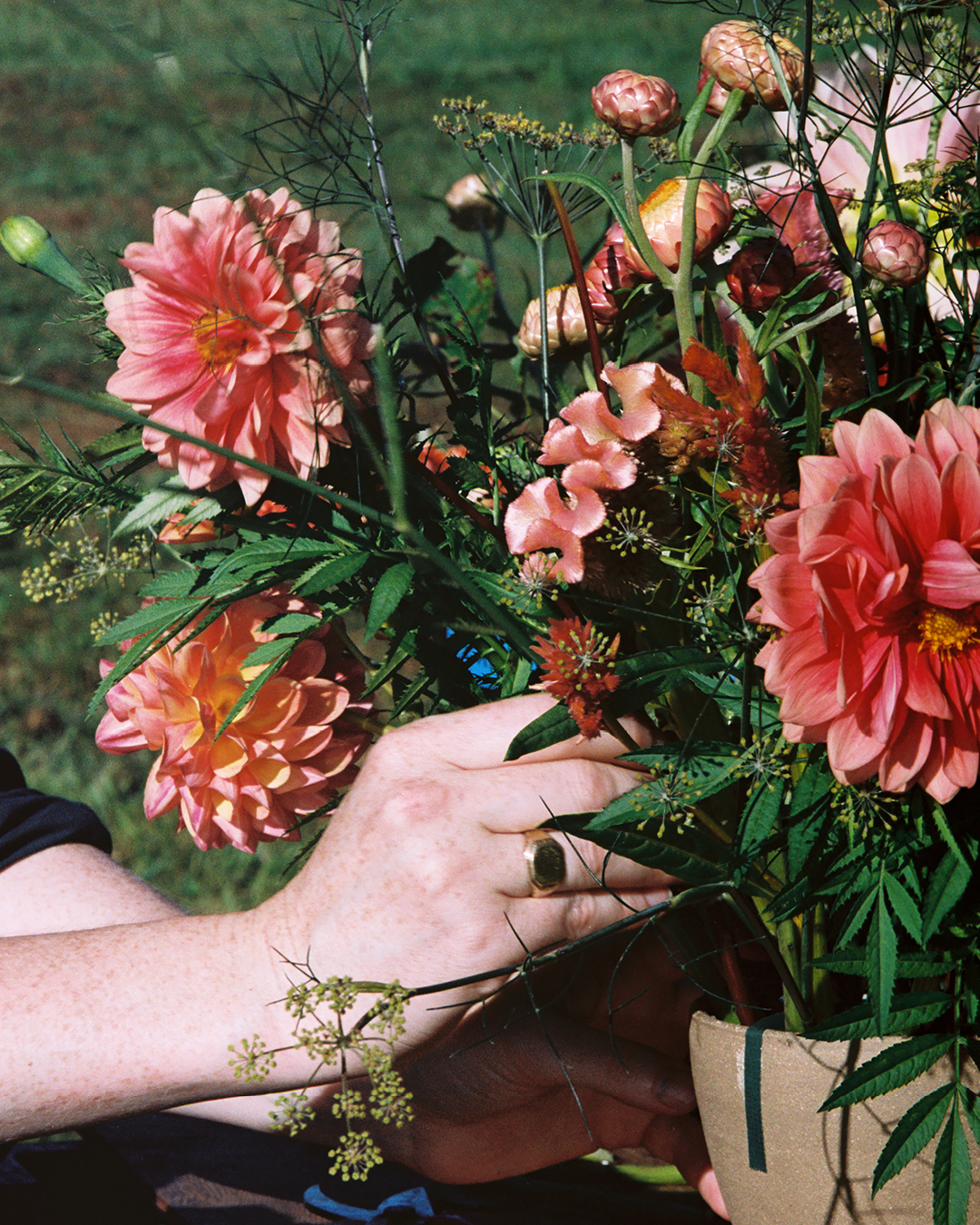
For this inaugural Design Q&A, architect Caitlin Taylor shares her thoughts with Kazam! Magazine. Taylor is principal and director of the Food Systems Design Lab at MASS Design Group, a nonprofit architectural firm whose leaders are adamant about design’s crucial value in addressing the pressing issues of today: climate change, racism, food insecurity, economic inequality, and unbridled capitalism. MASS won the AIA’s 2022 Architecture Firm Award in recognition of its evolutionary mission and projects. In her work, Taylor is fostering a pioneering reinvention of the infrastructure where food, farm, culture, and people intersect.
In developing a master plan for the Stone Barns Center for Food and Agriculture, or creating a hub for local farmers at the Pepper Place Market, Taylor is building an architecture of regional specificity and ecological responsiveness, a necessary alternative to the often dominant paradigm. “Buildings and infrastructure have become placeless embodiments of global supply chains rather than the alternative, which would be testaments to the ecological, social, cultural, and economic landscapes in which they are situated,” she says. To this point—or rather, to this regenerative loop—Taylor hints that the Stone Barns project will involve growing, harvesting, and composting the building material, and observes, “This has been an inspiring opportunity for me to define an architecture of provenance, an architecture of seasons and taste and soil that can only exist in this time and this place.”

At the Rwanda Institute for Conservation Agriculture, roofs maximize passive solar systems and decor is made locally. / Photographs courtesy MASS Design Group.
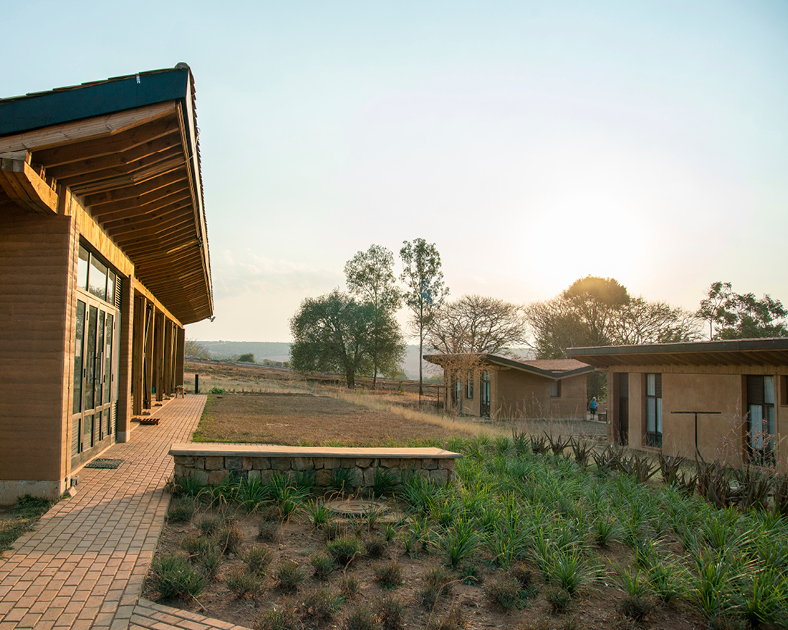
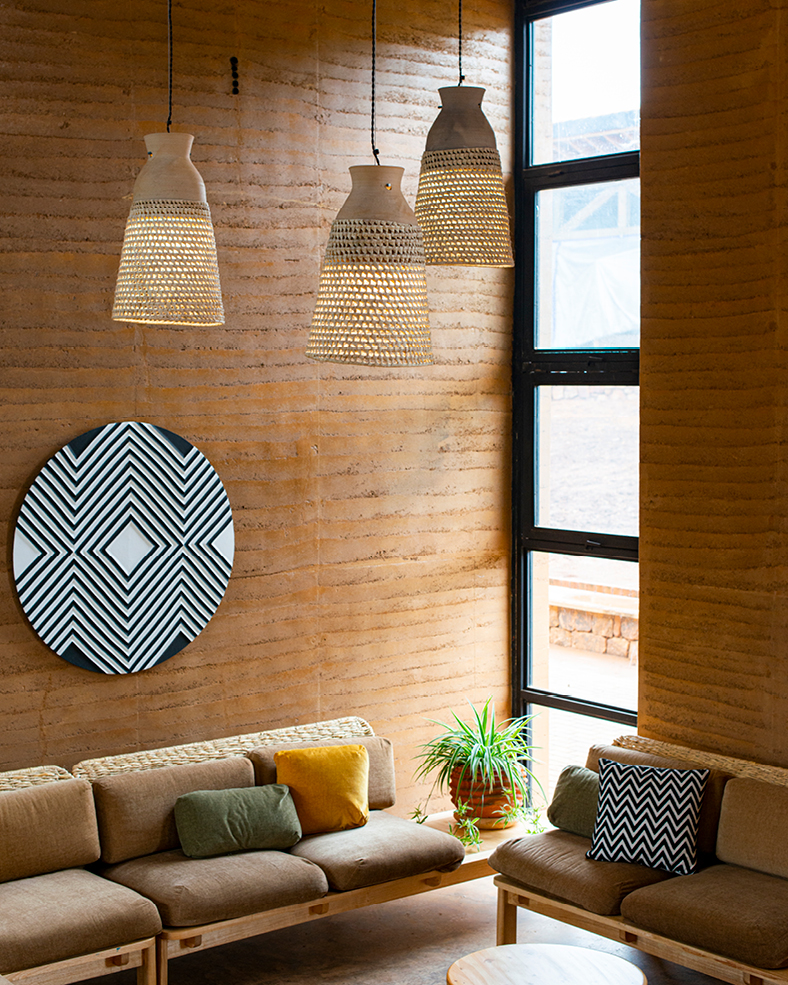
The blueprint for this evolution hinges on embracing limitations, a hallmark of the Eameses’ approach, which especially resonates with Taylor. “I love Charles’s framing of constraints—that part [of the original film] feels among the most relevant to my practice and the challenges of designing in today’s world. By embracing constraints, we can design buildings and infrastructure that can only exist in their time and their places.” Look no further than the project for the Rwanda Institute for Conservation Agriculture, where MASS has been creating a 56-building campus that draws 98 percent of its labor from within a 100-mile radius, and 96 percent of its building material from Rwanda itself. In this design model, the MASS team knows the people who made the bricks as well as the origin of the soil and clay used to create them. Taylor describes the project as “the first carbon net-positive campus designed from scratch anywhere in the world.” Using a close analysis of “embodied carbon,” a measure of the environmental impact of building construction and materials that is now integral to MASS’s work, the firm created an architecture that emerged, literally, from the ground.
Taylor’s thoughts on design are informed by her own role tending the soil. She lives on Four Root Farm in East Haddam, Connecticut, where she and her partners grow organic vegetables, herbs, and flowers. Taylor notes that our current industrialized food system is under threat from numerous pressures including climate change, degradation of soils, and overreliance on a handful of crops and animals that makes us particularly susceptible to systemic collapse. Her design work, and her farm, is a push against that, one that requires a deep time mindset. “This is an incredibly long game, and I have to work really hard to balance between the day-to-day advocacy work, the demands of an individual project, and the long-term objective,” she says. “As my mentor Wes Jackson says, ‘If you’re trying to do something that can be accomplished in your lifetime, then you’re not thinking big enough.’”
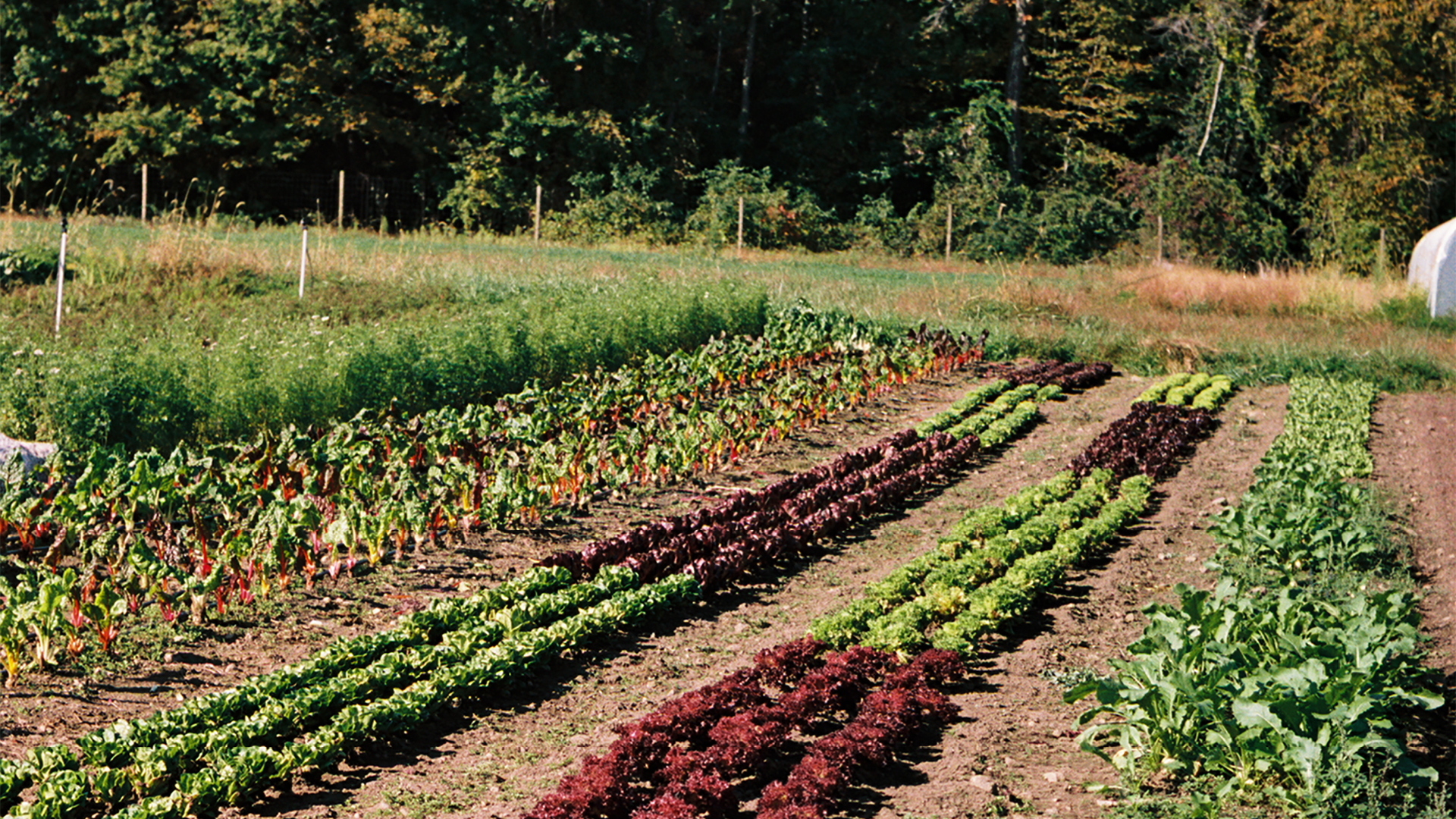
Q: What is your definition of design?
A: Design is a language for imagining the future. It’s also a method of translation: a way of making the invisible visible. We have a responsibility for shaping the world we want for our children’s children, and design is the language we use to shape that world.
Q: Is design an expression of art?
A: Design can speak through art and art is one lens through which we imagine the future—but not by any means the only one.
Q: Is design a craft for industrial purposes?
A: Among the many, many things that design can do, it can be put to work on industrial processes.
Q: What are the boundaries of design?
A: There are none. There are only boundaries to what we can imagine.
Q: Is design a discipline that concerns itself with only one part of the environment?
A: No! Every design decision we make has impacts outside of itself—across boundaries, between disciplines, through space and time. If we’re not designing for that interconnectedness and celebrating that indeterminacy, then we’re doing it wrong.
Q: Is it a method of general expression?
A: Yes, anyone is capable of expressing themselves through the act of designing something.
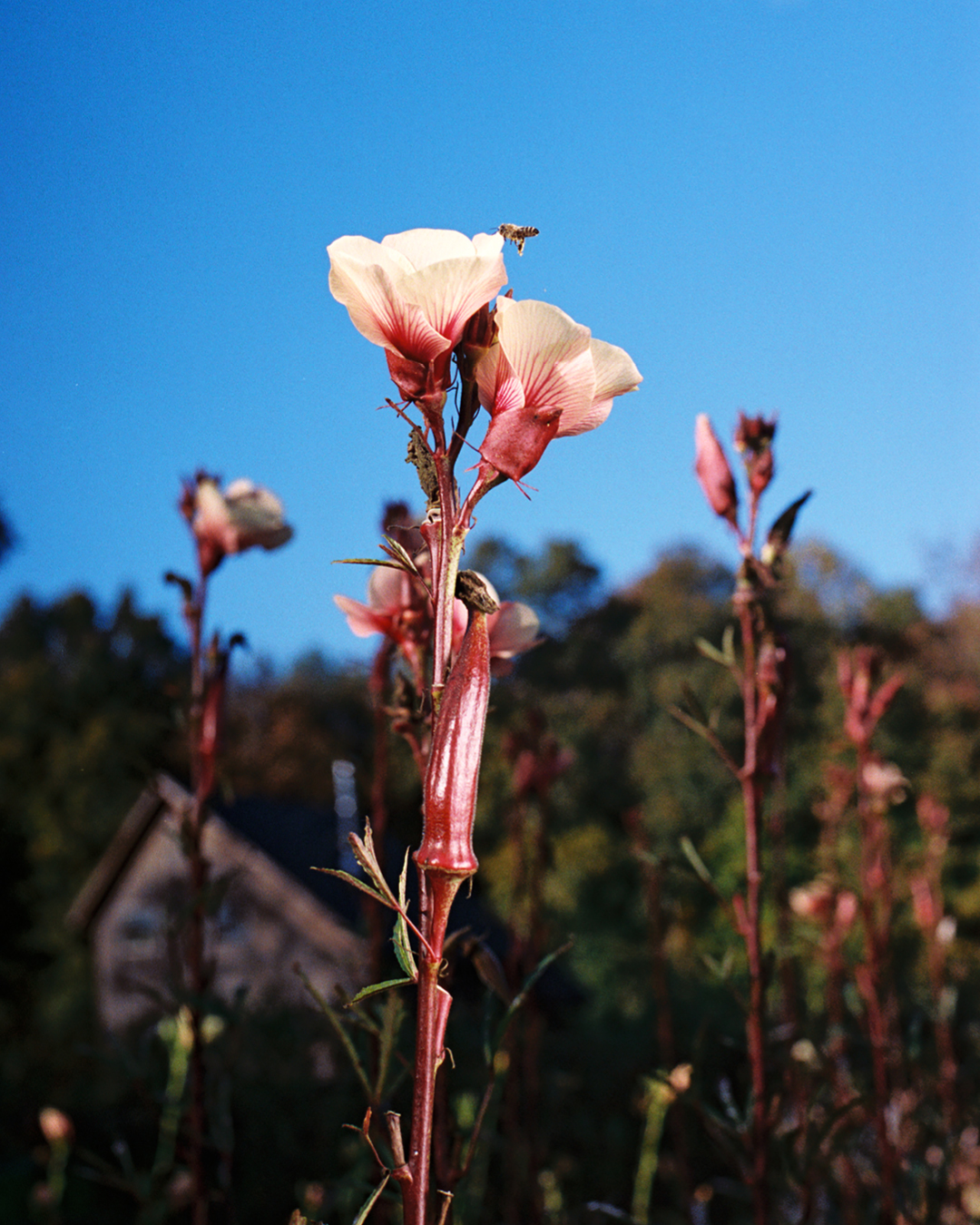
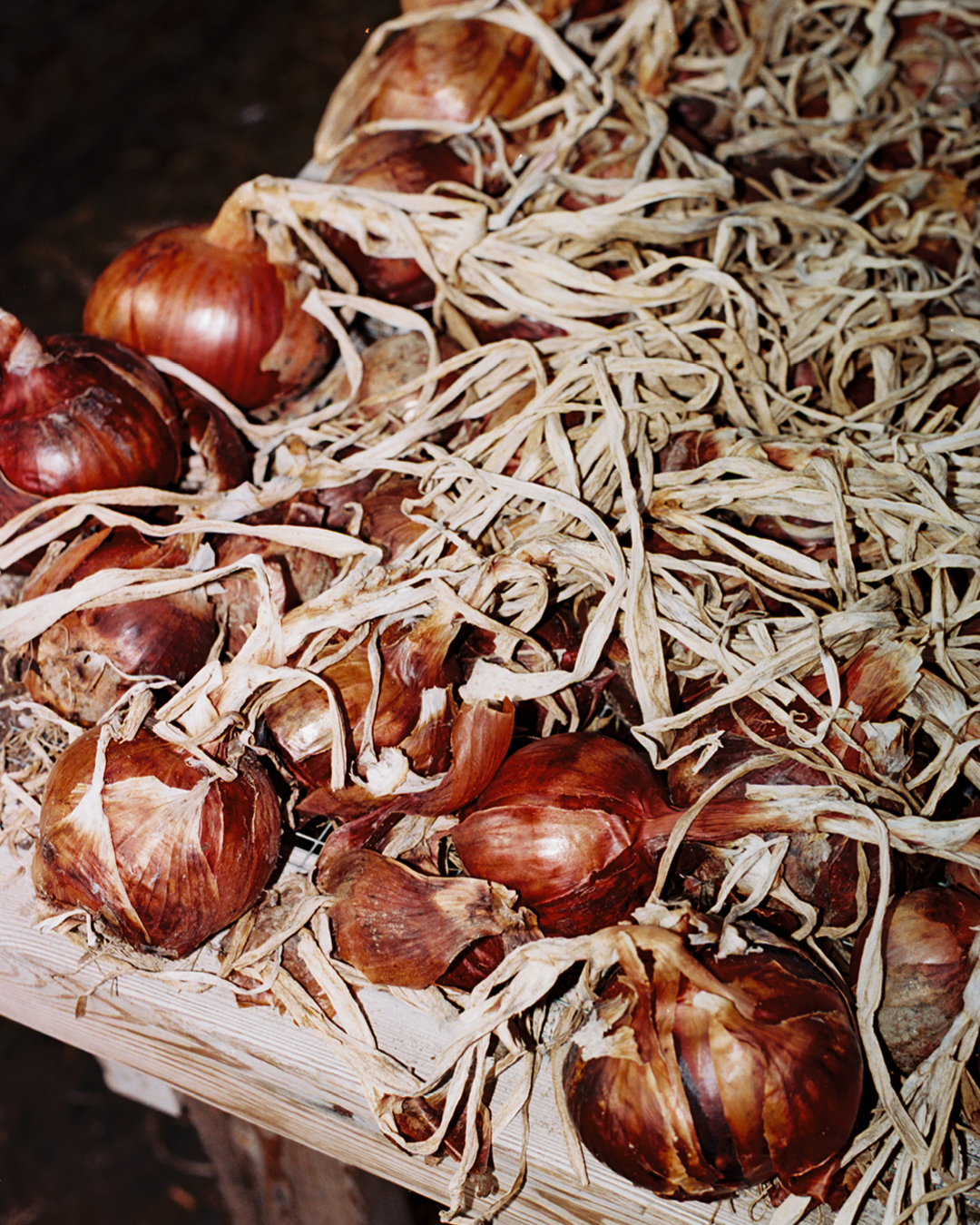
Q: Is design a creation of an individual?
A: An individual may have authorship or agency or agenda, but we are all made of porous edges and are ever-exchanging with the world around us. So, insofar as we are composed of our memories, our communities, our places, our ancestors, our contexts, those voices speak through our designs.
Q: Is design a creation of a group?
A: Multiple voices in dialogue, engaging in a single design process, has incredible potential to broaden and deepen our understanding of the world around us and challenge our perceptions of what’s possible.
Q: Is there a design ethic?
A: No, we can’t wait around for a governing ethic, imposed by others. But, as designers—and as people!—we certainly do have a moral responsibility to fight for justice, for dignity and beauty, with every tool at our disposal.
Q: Does design imply the idea of objects that are necessarily useful?
A: We don’t have the vocabulary to describe even a fraction of the ways that something can be “useful.”
Q: Is it able to cooperate in the creation of works reserved solely for pleasure?
A: Yes, many meaningful designs recognize the “usefulness” of pleasure and joy.
Q: Ought form to derive from the analysis of function?
A: Yes, always, but not exclusively.
Q: Can the computer substitute for the designer?
A: The computer can almost-infinitely iterate on and solve complicated problems—those with very many knowable steps—but will never be able to solve the complex ones—those without predetermined relationships between steps.
Q: Does design imply industrial manufacture?
A: One must only briefly wonder at houses built by nonhuman animals, or watch fungi spread across the forest floor in brilliant patterns, to know that there are many ways to design that have nothing to do with industry, or manufacturing.
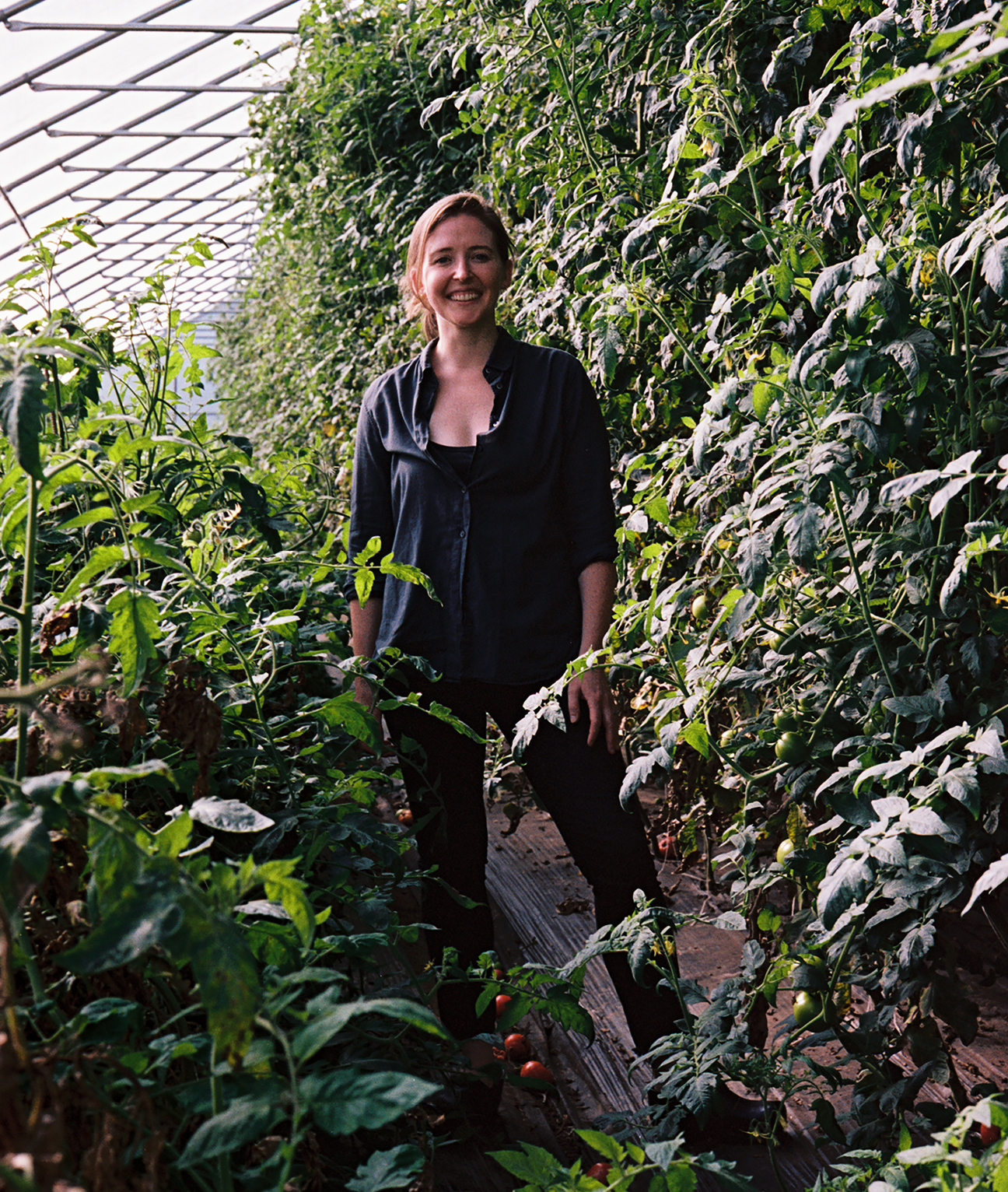
The true potential of design is to fundamentally change existing models, to give shape to other worlds that are possible, to rebuild according to new values.
Caitlin Taylor
Principal and Director of the Food Systems Design Lab
MASS Design Group
Q: Is design used to modify an old object through new techniques?
A: In architecture we might ask this question as, “Can design be used to modify an old building through new uses?” and my answer will be an emphatic yes! One of our primary environmental responsibilities as architects is to not design new buildings, but instead to imagine and design the future lives of the buildings we have.
Q: Is design used to fix up an existing model so that it is more attractive?
A: It can be, yes. But the true potential of design is to fundamentally change the existing models, to give shape to the other worlds that are possible, to rebuild according to new values.
Q: Is design an element of industrial policy?
A: Industrial policy, and all policy actually, is an element of design. From foreign policy, to food policy, to educational policy, we live in a world where systems are often built on very bad design.
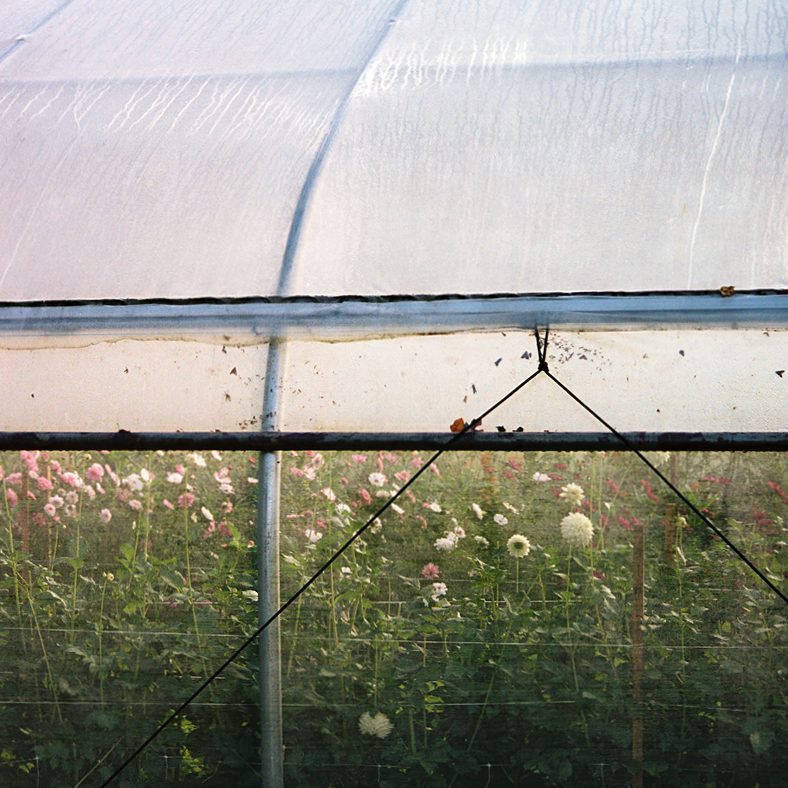
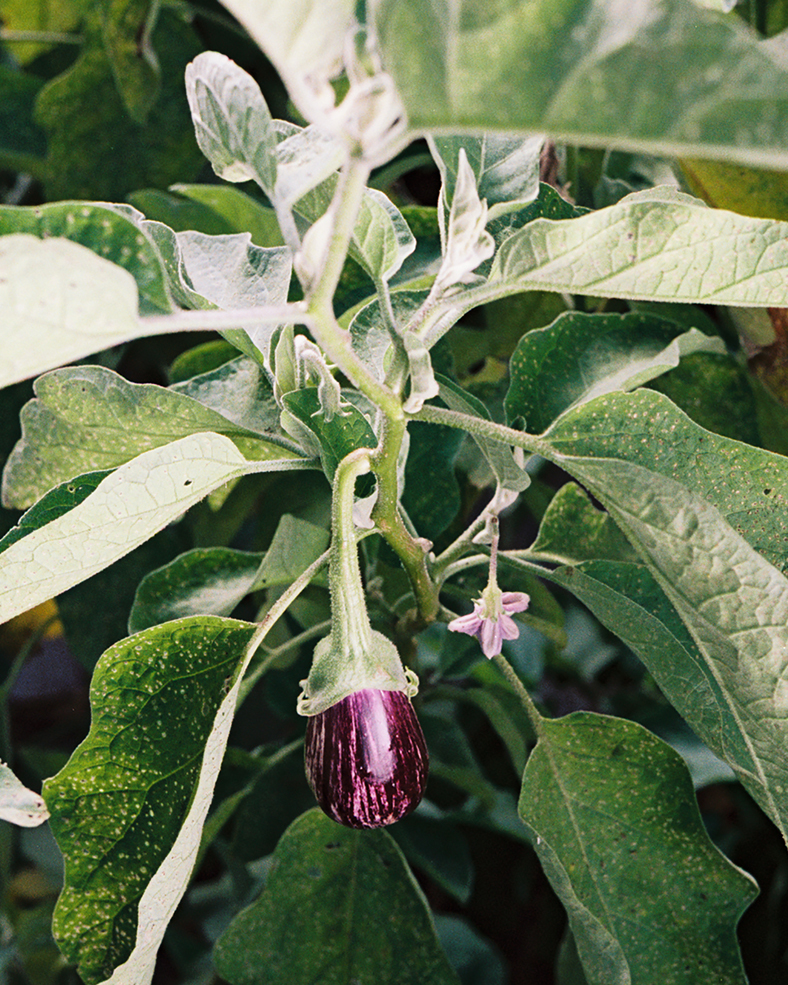
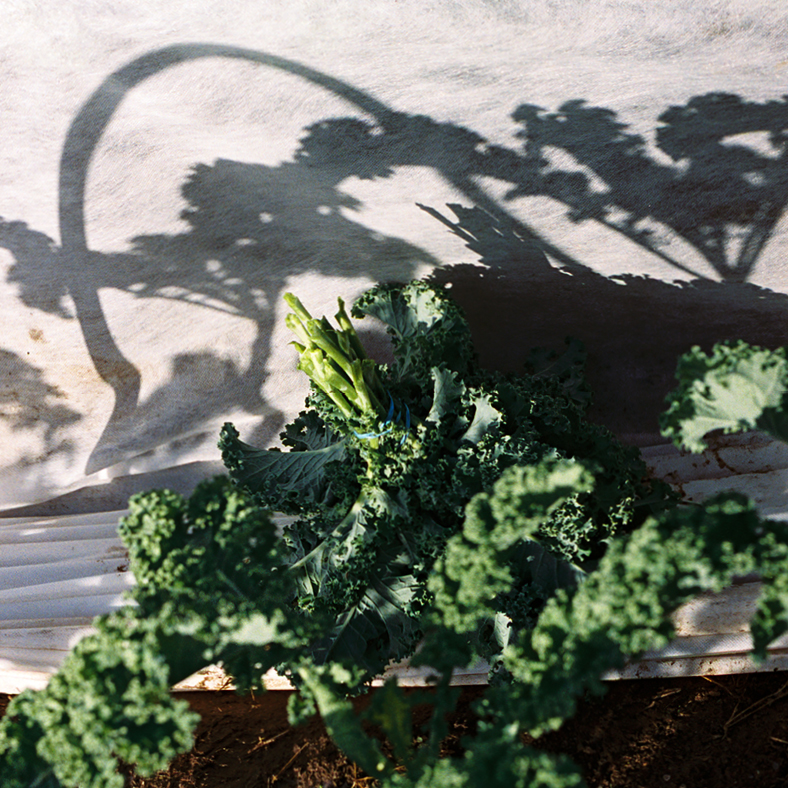
Q: Does the creation of design admit constraint?
A: Yes! And the good ones don’t only acknowledge constraints, they embrace them. Our constraints are teachers.
Q: What constraints?
A: The natural laws of our ecologies, our planet, our interconnectedness.
Q: Does design obey laws?
A: Only the laws written by our planet and all of its nonhuman life.
Q: Are there tendencies and schools in design?
A: Yes! These tendencies and schools never last and always come back around, like seasons.
Q: Is design ephemeral?
A: Yes, but so is everything, eventually.
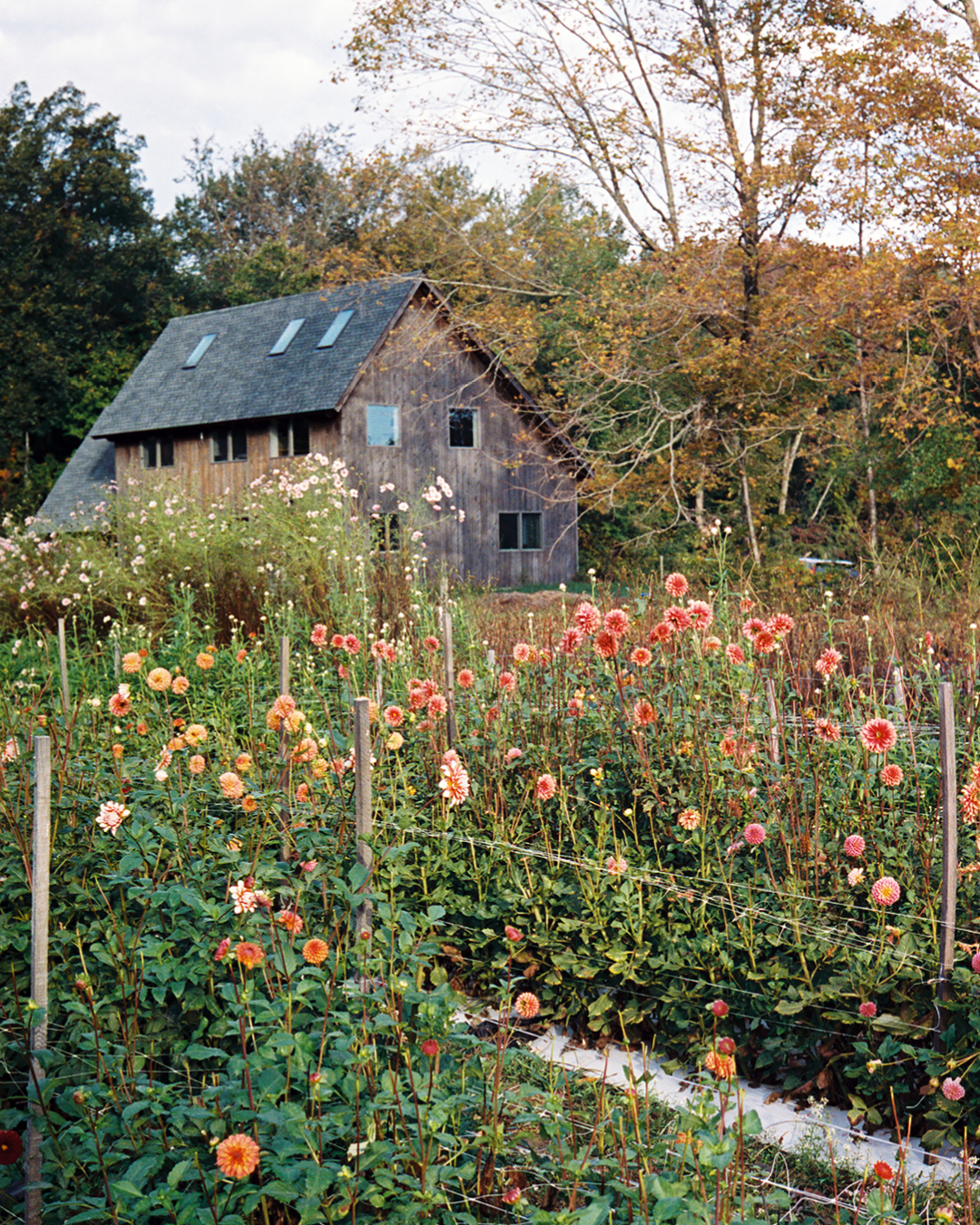
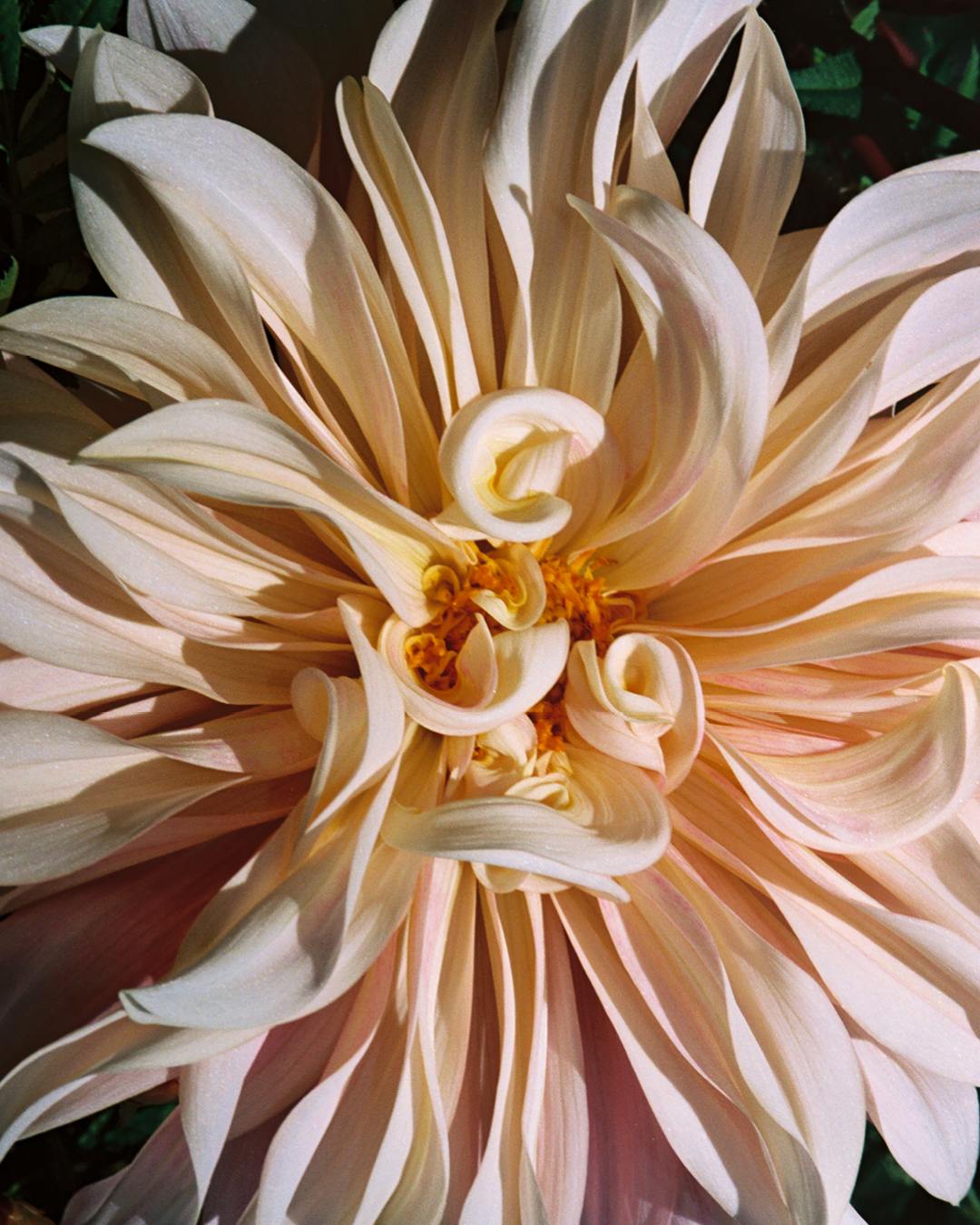
Q: Ought design tend toward ephemeral or toward permanence?
A: We ought to be more direct in acknowledging the timescale for which we design—permanence is, of course, a myth, but we can design for the length of a meal, a season, a lifespan, a century, an ecotone, a region, a geologic era.
Q: How would you define yourself in respect to a decorator? An interior architect? A stylist?
A: I think a person can be all of these things, every day. We are all designers at different scales. When I’m designing buildings, I’m an “architect,” but I also design my decrepit old farmhouse as a loving, messy landing spot for my family. I design a meal with friends to celebrate seasonal flavor, design my outfit according to how I feel that day, design a floral arrangement knowing it will die. The point is, we all design lots of different things in lots of different ways, all the time.
Q: To whom does design address itself: To the greatest number? To the specialists or the enlightened amateur? To a privileged social class?
A: Good design will nourish everyone, each in their own way.
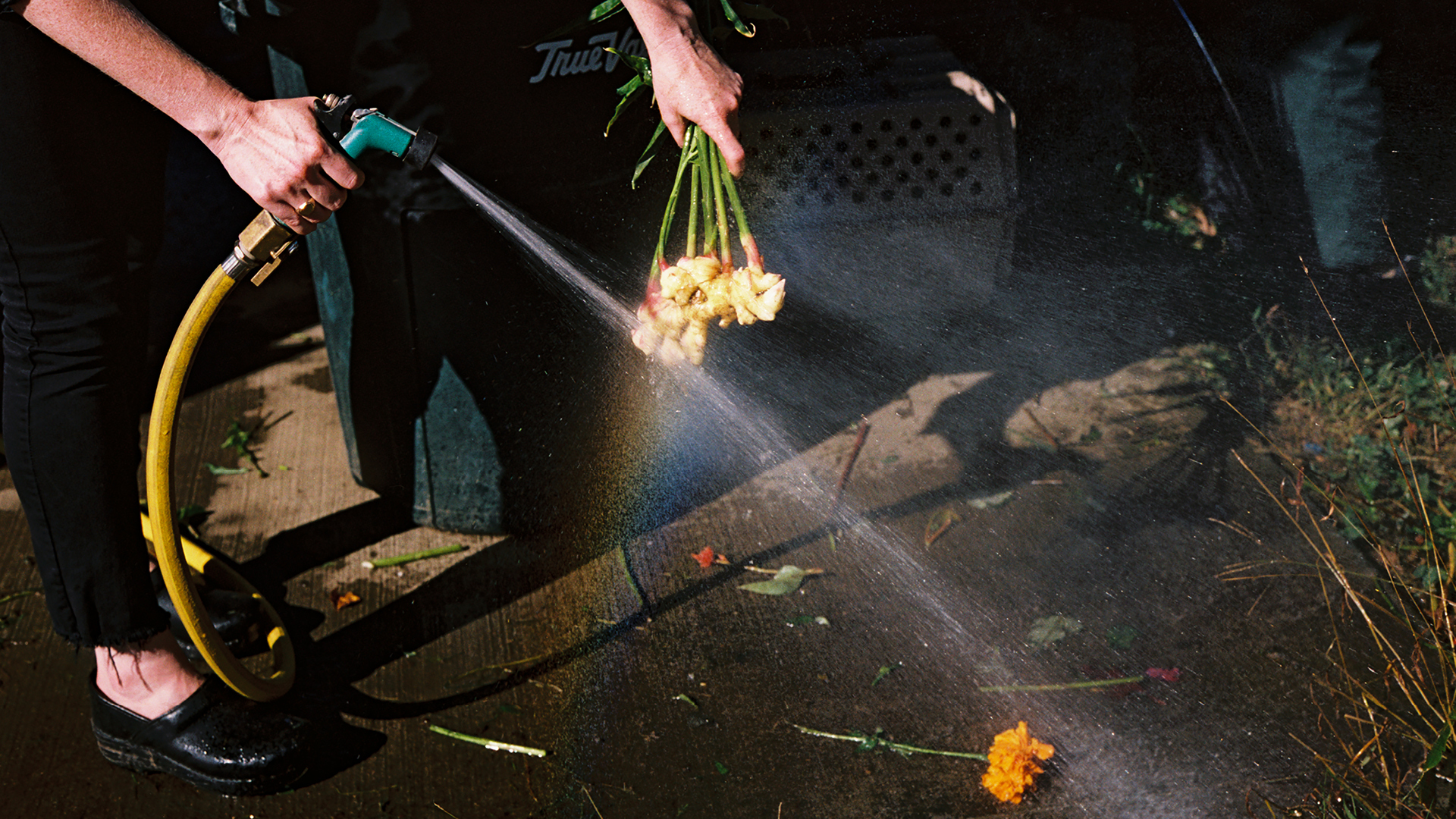
Q: After having answered all these questions, do you feel you have been able to practice the profession of “design” under satisfactory conditions, or even optimum conditions?
A: No, I design because there are not satisfactory conditions. We are living in an era of converging crises, and I design in opposition to the ecological, social, and cultural conditions that exist today.
Q: Have you been forced to accept compromises?
A: Compromises, yes, and constraints, also yes. Happily, in both cases. Finding common ground and a shared vocabulary are key ingredients to good, meaningful, lasting design.
Q: What do you feel is the primary condition for the practice of design and for its propagation?
A: Curiosity and radical hope. Curiosity, humility, and wonder at everything we don’t know about the world around us. Radical hope that fuels our determination to effect positive change despite all evidence to the contrary.
Q: What is the future of design?
A: A delicious and nourishing one, built on principles of reciprocity, indeterminacy, joy, and deep love for our children’s children. ❤
At Kazam! Magazine we believe design has the power to change the world. Our stories feature people, projects, and ideas that are shaping a better tomorrow.